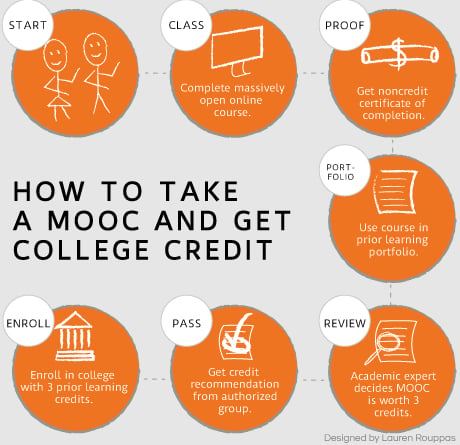We have two short (7.5 week) terms here at EMU during the summer, and today I’m wrapping up the first one. I have been teaching a couple of sections of English 121, aka “freshmen comp,” and it’s been interesting.
My two sections were made up of students far from the typical demographic of that course with only a handful of true “First Time in Any College” students for fall and winter terms, though the low number of FTIACs is more typical of the spring/summer terms. I had several students who thought they were about to graduate but they had somehow managed to not take one of the only universally required courses earlier– usually because of transfer issues. I had several ex-military folks and a couple of unemployed/underemployed and (approaching) middle-aged and older folks attending to finally finish a degree. I had a number of high school-aged kids who are attending EMU through the Early College Alliance program, which means my youngest students were somewhere around 15 and my oldest was (I think) about 65.
I’ve been thinking about this quite a bit lately because I’ve had a number of recent “what are you people teaching in first year composition?” encounters with others at EMU in the last couple of weeks. Under the best of circumstances, it’s an impossible class, really. It’s bad enough that we assume that students can take a single course in a single semester in their first year of college and in this course, they can learn everything they will need to learn about writing clear, “correct” prose and research skills for the rest of their college careers. The idea that I can teach and students can do all that in 7.5 weeks (instead of 15) is ridiculous. I tell students throughout the term that I wouldn’t take my course if I was in their shoes because it’s too much work crammed into too small of a segment of time.
But for the most part, students rose to the challenge, and in an interesting and unexpected way, I think the diversity of the students made for pretty pleasant groups of people in both classes. I once again used RiP! A Remix Manifesto as the framing device/topic for the term, and students found a lot of great things to write about. One thing that’s always nice to see is when a student begins the class knowing almost nothing about whatever it is they decide will be their topic of research and they end it still enthusiastic and a whole lot more knowledgeable than when they started. So it’s all good. It’s not enough (it’s never enough), but it’s a good start.
Oh, and another thing I did this term this term was I incorporated a bunch of readings from Writing Spaces. The results were generally good but mixed– and I mean that as a good thing, because not everything can work equally well in all situations and because I assigned a lot of these readings based on the abstracts and/or titles. There are definitely some pieces in there I’ll be using again the next time I teach fy comp, which could be as soon as this fall or as late as– well, who knows.
But I am turning around and starting up another class for the second part of the summer term in just a few days. Beginning on July 2, I’ll be teaching a 7.5 week and online version of English 444: Writing for the World Wide Web. This is a course I created shortly after coming to EMU back in 1998 and I’ve taught it now at least a dozen times in different formats and versions. I’m very much looking forward to what we’ll be doing this summer especially after learning from some of the less than smart choices I made in trying to include HTML5 coding last term. Ain’t doing that again, and the same goes with this “Content Management Strategy” stuff, though for different reasons I might come back to in a different version of the class.
Anyway, if you’ve read this far into this post and you’re interested in joining in on the upcoming version of English 444, feel free. I can’t give you MOOC-like badges or actual credit or grades or anything like that, but since I spent a fair amount of time over the last couple months bitching about the overselling of MOOCs and open learning and all the like, I figure the least I can do is invite people to see how I do things. Seriously. Sign up if you want to comment, or just read along on the site.

